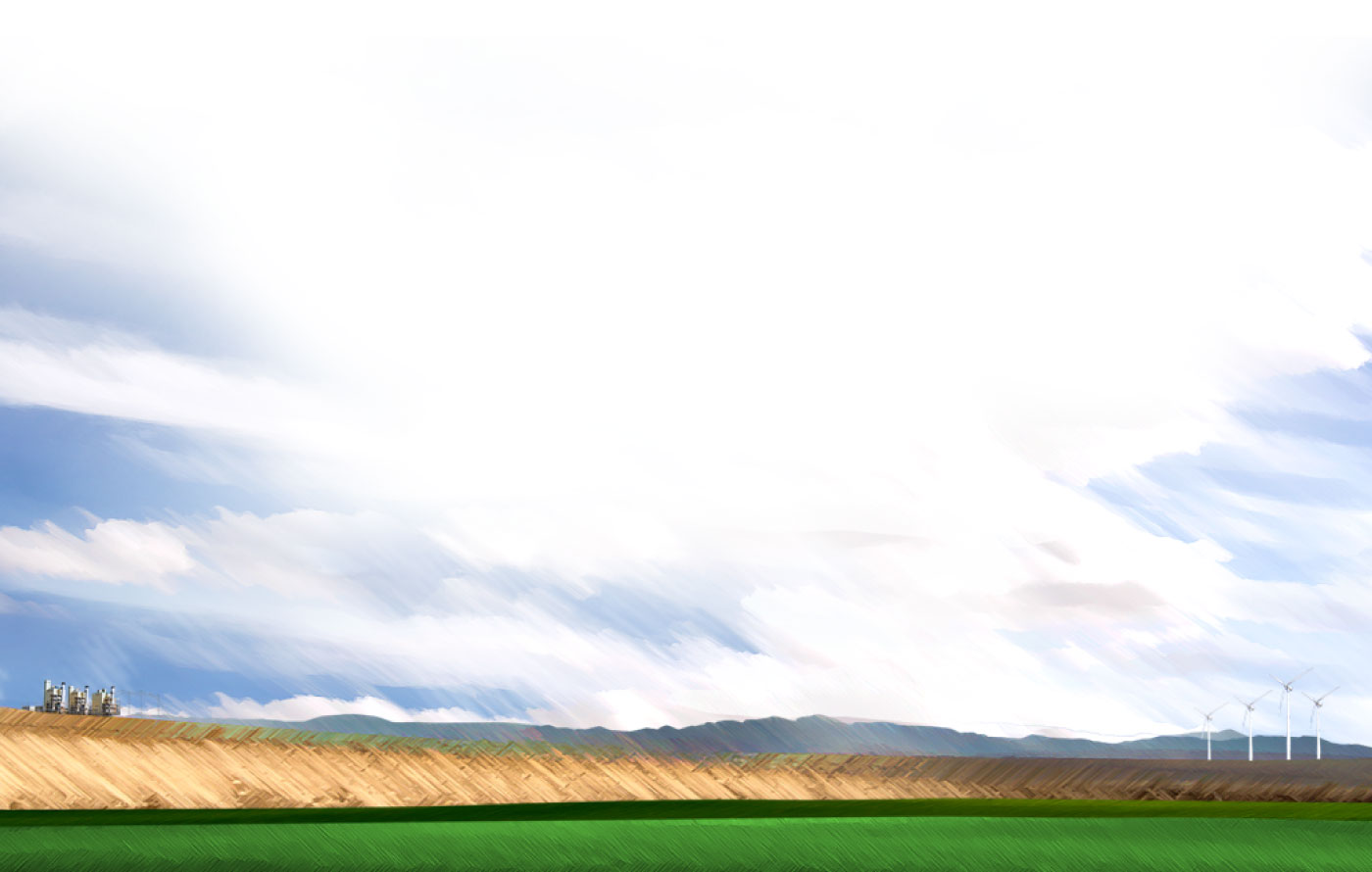News Releases
NDOW, Sierra Pacific Help Hawks Nest
Jul 12, 1998
9:00pm
Contact: Bob Sagan/Karl Walquist
Phone: 775.834.4345
For Immediate Release
Nothing is more natural than parents trying to provide a home for their offspring. Of course, problems can arise when that home happens to be located atop a power line.
Last year, Nevada Department of Wildlife (NDOW) officials at the State Fish Hatchery in the Mason Valley Wildlife Management Area raised concerns about a pair of osprey fish-hawks attempting to build a nest on the power line that feeds the hatchery. The hatchery relies on electricity to operate the motors and pumps that circulate and aerate water for the young fish. Even an electric outage of short duration could mean big trouble.
NDOW officials discussed the situation with utility biologists who regularly deal with osprey issues. With that input, as well as information from the Internet, they determined that an alternate nest site would be required for the 1998 season to draw the birds away from the power line.
A nest platform design was conceived and provided to four line crewmembers from Sierra Pacific Power's Yerington office. The linemen - Jim Richardson, Kurt Myers, Dave Hills and Mike Vidal - took the idea and constructed four nesting platforms using wooden pallets normally used for electric transformers. They assembled them on poles at sites selected by the NDOW staff and Steve Siegel, a Sierra Pacific environmental scientist.
The idea worked when the osprey returned this year and built on one of the platforms. When Siegel inspected the nest recently, he found two chicks that appeared healthy and living on a diet of fish raised in the adjacent ponds, which are supplied water from Sierra Pacific's Fort Churchill Station.
According to Siegel, the successful osprey nest is rare, with only one other reported in Nevada this year - at Lake Tahoe. He said the Mason Valley nest will continue to be monitored to ensure the safety of the chicks.
Osprey gained recognition in the 1970s as a species on the brink of extinction. The osprey population suffered from eggshell thinning due to the irresponsible use of DDT. Controls on the use of the pesticide are allowing the osprey and other raptors, such as the peregrine falcon and the American bald eagle to make a comeback.
Currently, northern Nevada's most famous baby bird is the bald eagle chick at Lahontan Reservoir. It can now fly and is considered fledged. Wildlife biologists hope this will mark the return of eagles to Nevada.




